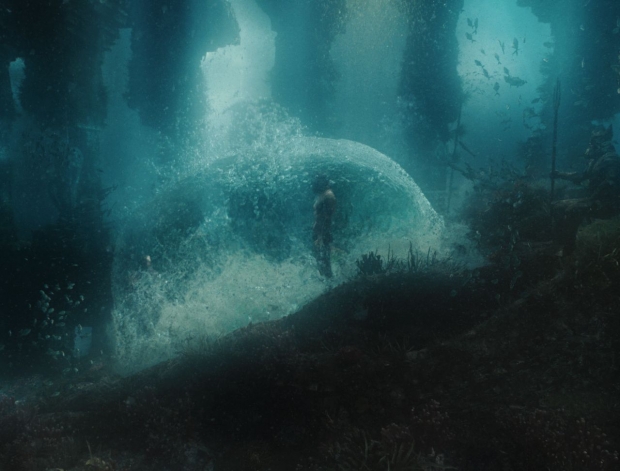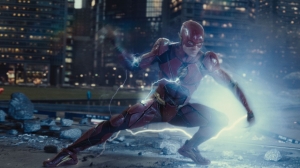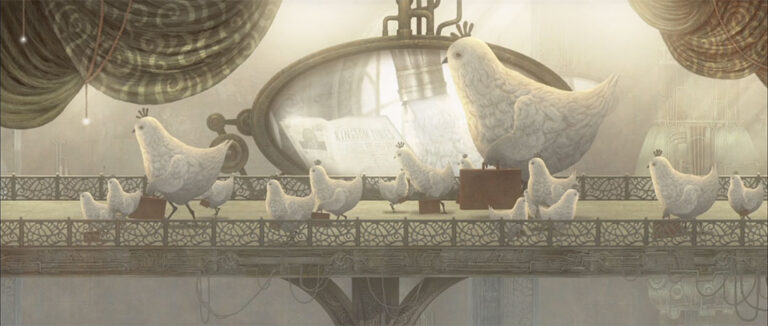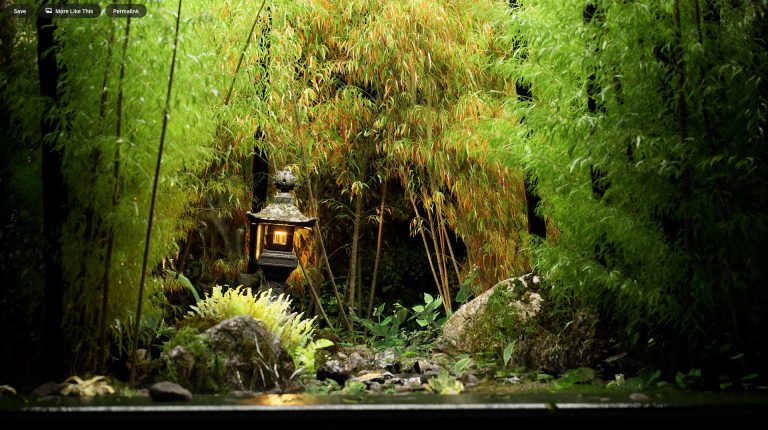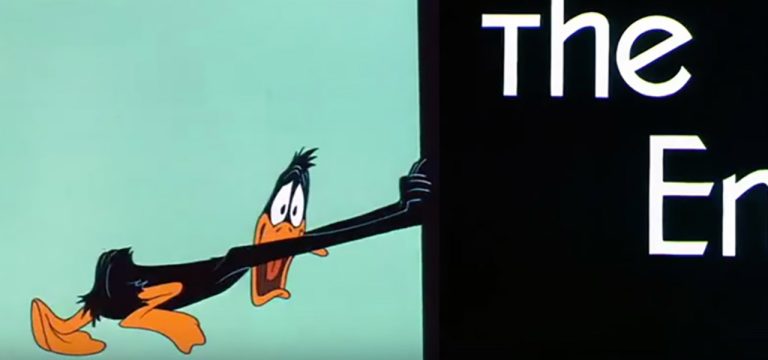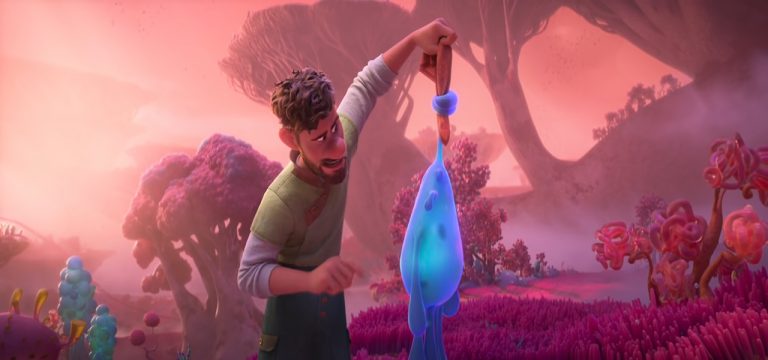That wishful thinking eventually led to an actual resurrection, as Snyder did get to complete his original vision for the film. “There were a lot of stars that aligned to make this happen,” Hirota says, “like the streaming platforms [like HBO Max] needing content and the pandemic shutting everything down. People can’t make content because they can’t shoot things. But you have this thing that fans are clamouring for.”

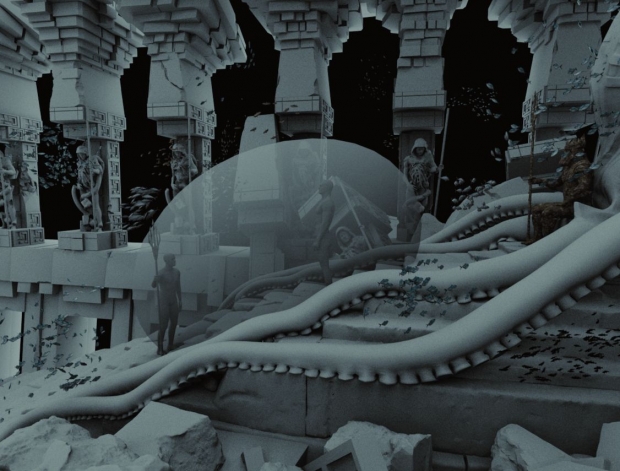
Hirota goes on to explain how Batman used a gauntlet to protect himself from Superman’s heat vision. “The idea we had was that the metal would absorb the energy from the Parademons’ weapons, or Superman’s eyes, and radiate the heat back out.” Even though the heat vision has appeared in previous movies, there was some back and forth in terms of how quickly the beams should move. “You want them to seem fast enough to feel like they’re powerful, but not so fast that they switch on and appear,” Yip adds. “There is a certain motion that Superman does with his head and body where he triggers the beam. It’s not just a light that hits. You want to feel that there is a pressure being absorbed by Batman’s gauntlet as he is fighting off the heat vision.”
One major ripple effect was Steppenwolf’s complete replacement with Snyder’s original concept for the character. “A lot of people’s opinions were that if you’re going to go back to do it [Snyder’s original idea] then we should change Steppenwolf back, which is what Zack wanted to do as well,” remarks Hirota. “It rips apart the whole movie but seemed like the right thing to do. I also knew that brought with it Steppenwolf’s reactive scaly metal armour, which was going to be a giant pain to deal with. Weta Digital established the look as far as how shiny it was, the iridescence of the metal, and the basic battle modes of the armour, like when the spikes are out.” Noting the armour’s complexity, Yip adds, “It has all of these moving pieces that undulate. The simulation department did a few passes of these behavioral cycles [for the armour] that we could then control and adjust in animation.”
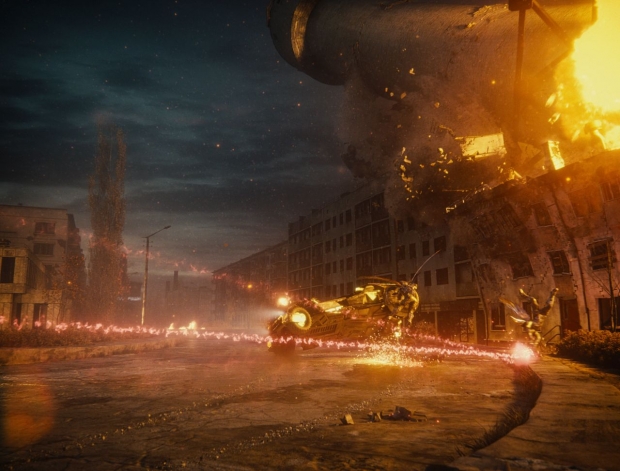
In many ways, Zack Snyder’s Justice League experienced its own version of the Cosmic Rewind. “I’m happy that Zack got to do this,” Hirota concludes. “I feel like it’s a miracle.”
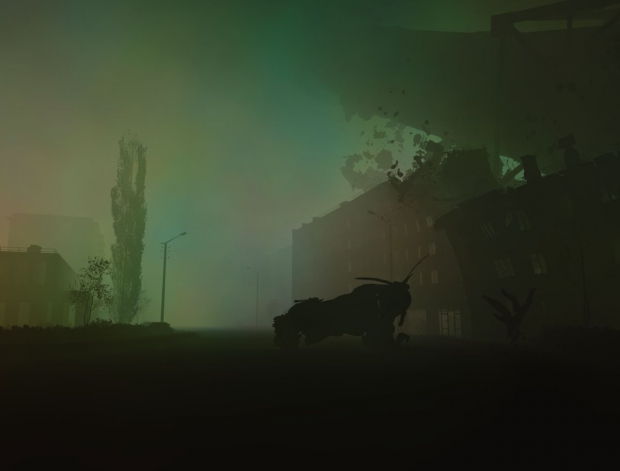
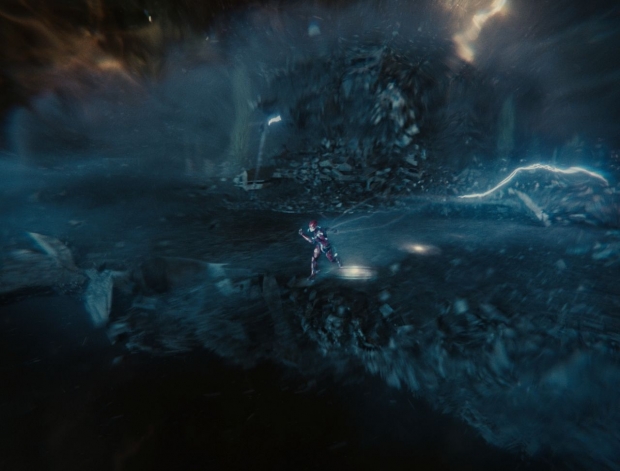
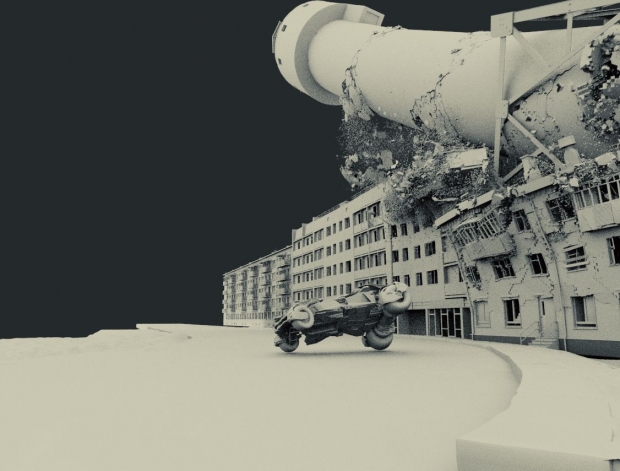
The biggest challenge was the Cosmic Rewind, where the Flash seeks to undo the destruction of the Earth caused by synchronization of the three Mother Boxes. “You have the Flash and his connection with the Speed Force,” Hirota shares. “How does the Speed Force tie in with reality? Zack had the idea that each Flash footstep spawns a galaxy; that is why we came up with all these energy swirls. We simulated the Earth being destroyed and then ran it all backwards.” Plates were shot of Ezra Miller running. “There would be times where Ezra would be roto animated in order to integrate effects like the lightning,” Yip states. “There were occasions where we made small adjustments to the animation, so things fit better for the shot, or for continuity reasons. We wanted to make sure that the different shots felt like they are part of the same run.”
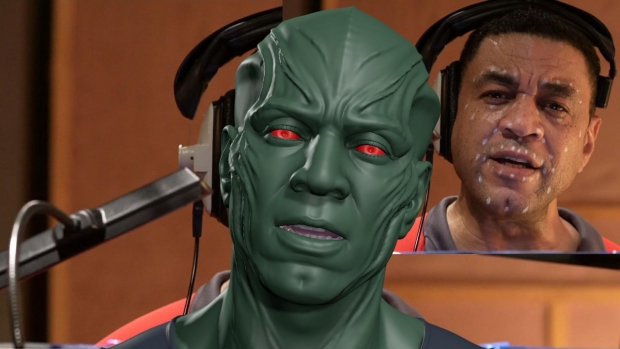
In one emotional scene, Silas Stone disintegrates himself tying to defeat Steppenwolf. “The good thing about Silas’ death was that we made a decent start on R&D before it was cut out of the theatrical,” Hirota shares. “We were imagining what might happen to your skin if you were stuck in a microwave. There was a good amount of interactive light in the original photography, and the laser we added in CG to get the reflections rendered properly with whatever bounce light we wanted.”
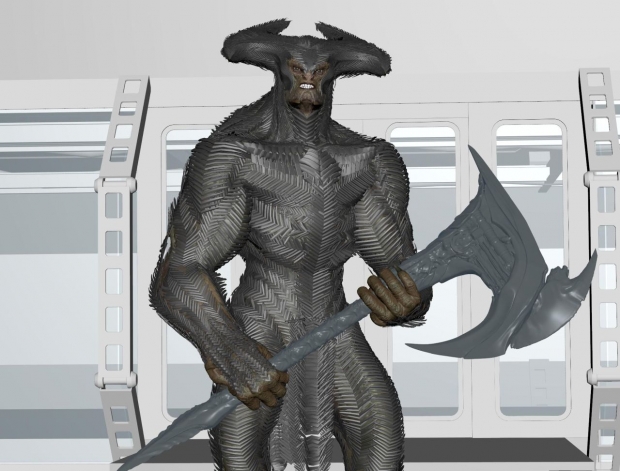
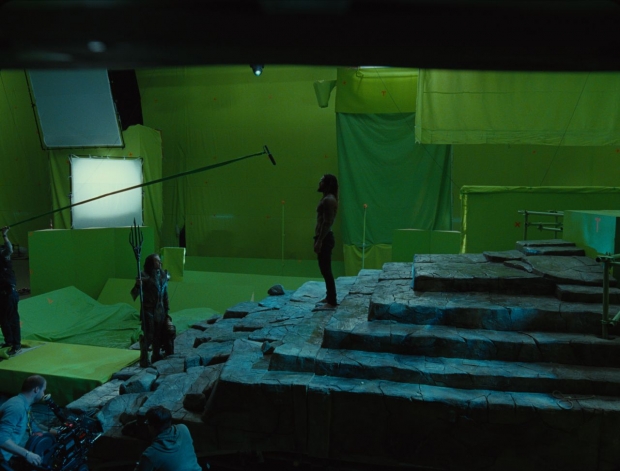
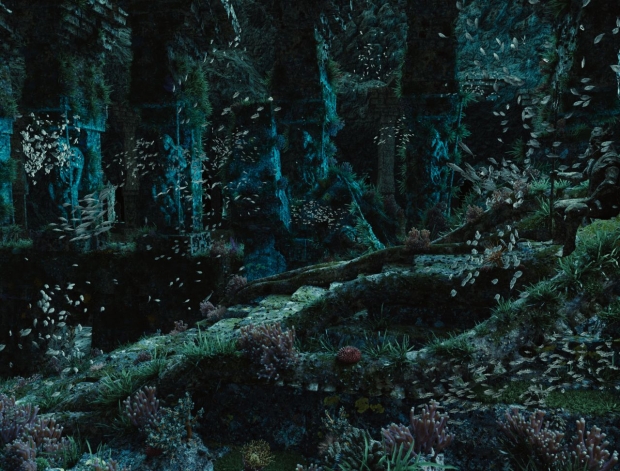
Some time ago, director Zack Snyder invited a dozen friends over to his house to watch the fabled black and white (2017) version of Justice League; among the invitees were frequent collaborators VFX Supervisor John ‘DJ’ Des Jardin (Godzilla vs. Kong) and Scanline VFX supervisor Bryan Hirota. “We had popcorn and an intermission,” recalls Hirota. “It was nice to see it all together; that in itself was catharsis for all of us. Zack was like, ‘This is a 0 million home movie I thought you would like to see.’ Around that time all these fans were requesting to see it. Zack, DJ and I thought it was something like the Richard Donner cut of Superman 2 that would showup 10 or 20 years down the road.”
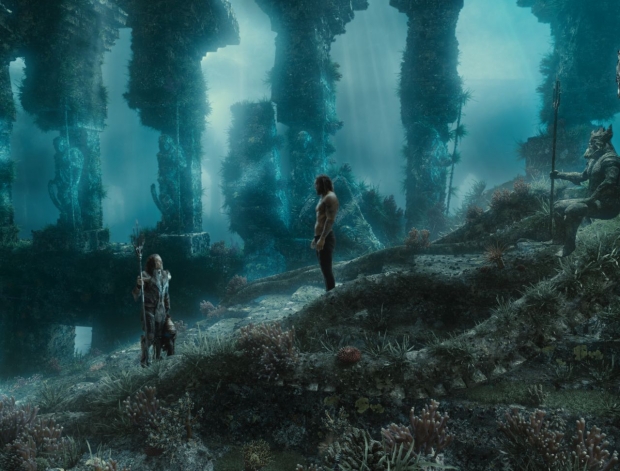
Of the 2,700 visual effects shots created for Zack Snyder’s Justice League, Scanline VFX was responsible for producing 1,000 across 22 sequences. Like with other VFX houses involved in the project, Scanline has to de-archive assets they produced for the 2017 film, made more difficult because of advances in technology during the intervening years. “A lot of the rigs we had for characters are obsolete inside the company now,” Hirota explains. “You have to weigh somehow translating it to newer technology or redoing it completely. A lot of the film was omitted. We didn’t have complete backups for much of the stuff that was omitted. Our work consisted of a mix of brand-new stuff that we never touched and some shots that were completed one way in the theatrical that now needed to be completed in a new way for this version.” Responsibility for uncovering the 2017 assets was Scanline VFX supervisor Julius Lechner. “Julius was our Indiana Jones as he went back to sort through layers of digital archeology,” Scanline animation supervisor Clement Yip says. “He would discover shots or assets from 2017, then we had to figure out how to update them so that they could be used in 2020.”
For the Park Battle, the military presence was reinserted. “We loaded up the surrounding shots that weren’t changing and the compositing department would compare everything to make sure that it looked the same,” Hirota says. “Zack wanted to restore the Humvees coming to the park and firing on Superman. All the explosions, interaction with the heat vision, and vehicles being tossed in the air were digital.”
Unlike in Aquaman, where characters can speak underwater, in the new film, Arthur Curry and Nuidis Vulko have a deep-sea conversation within an air bubble. “It was 100 percent dry for wet,” Hirota says. “Fabian Wagner, the DP, created this caustic light to cast on them so you felt that they were inside an air bubble. We established some hero shots where we would balance out the different levels of bubbles or murkiness. Once DJ and Zack liked that, we would fill out the rest of the sequence.”
The Knight Crawler vehicle required only slight modification. “We only had to touch the Knight Crawler in a handful of shots where Steppenwolf is on top of it,” Hirota says. “There was an interior buck for the pilot and a partial top piece so actors could hang on when it is crawling up the walls.” Getting the motion and weight right became a balancing act between leaning more cinematic, then realistic. “You always want to be driven by how such a thing would move, how would the mechanics work, and how do you make it feel heavy,” notes Yip. “You need it to do these things in a way that is exciting, but you don’t want to giveaway that it’s not really there.”
The big reveal of the superhero from Mars is with the transformation of Martha Kent. According to Yip, “We had to rebuild the hallway based on photography from the original shoot. Zack had shot some bits with Harry Lennix on a greenscreen as part of the reshoots. He draws his own storyboards, so we had some basic guidelines to work from. He didn’t want us to focus too much on the transition. You start on Diane, looking at her through the bannister. Zack said, ‘We should bring down Manhunter’s cape and get rid of her body entirely from that. Then when you come around you reveal that it’s Martian Manhunter.’” Yip goes on to note it was important to get the right virtual camera moment. “There is a lot of trickery that goes on in getting Diane Lane and the Martian Manhunter to feel like they could be the same character. It involved extensive compositing to make sure that things lined up and blended together between the two elements.”
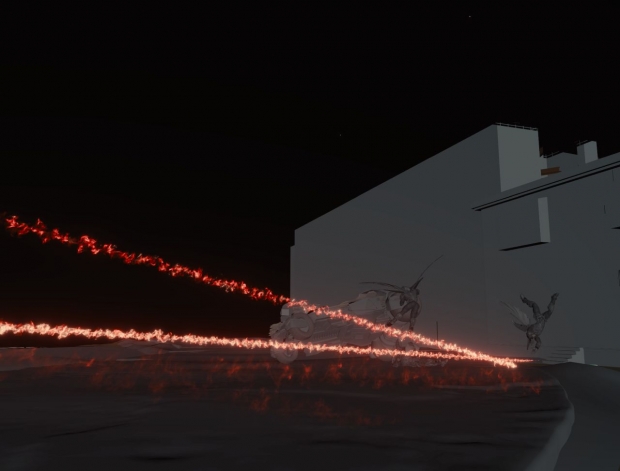
Everything needed to be tailored for the new aspect ratio of 1.33:1. “There were a number of shots where we had to resurrect the whole shot just to render stuff for the top and bottom,” Hirota reveals. “A few shots were punched in to get 1.33:1, like the footage captured on the Phantom camera. Every shot required some amount of forensics to figure out where it was left. Some shots were misleading. Who remembers from years ago that we painted out these characters because they were no longer relevant to the story but now, they need to come back? Some of the shots were going down one trajectory, got shifted to another one in the theatrical, and now Zack wants them back to where they were before.”
Trevor Hogg is a freelance video editor and writer best known for composing in-depth filmmaker and movie profiles for VFX Voice, Animation Magazine, and British Cinematographer.
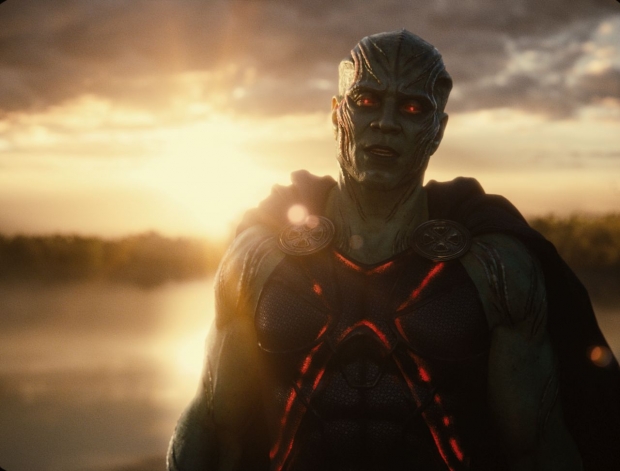
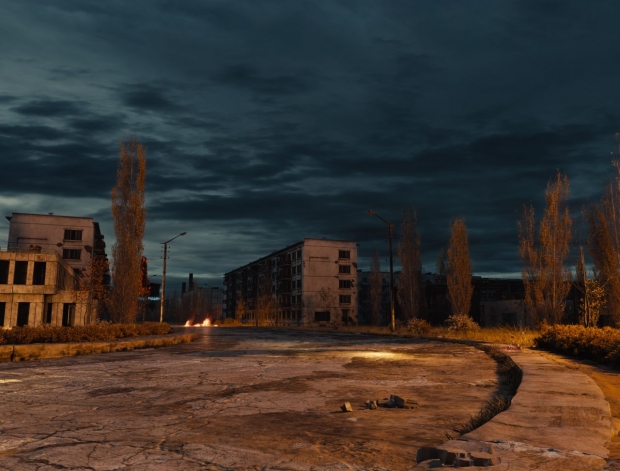
The new film’s opening scene revisits Superman’s death in Batman v Superman: Dawn of Justice. “We had to get Doomsday from MPC and rig him,” Hirota describes. “Zack wanted more reaction shots of Batman, Wonder Woman, and Lois Lane seeing Superman die, so I pulled some of the IMAX footage from BvS. The idea was to recreate Superman’s death from a different POV.”
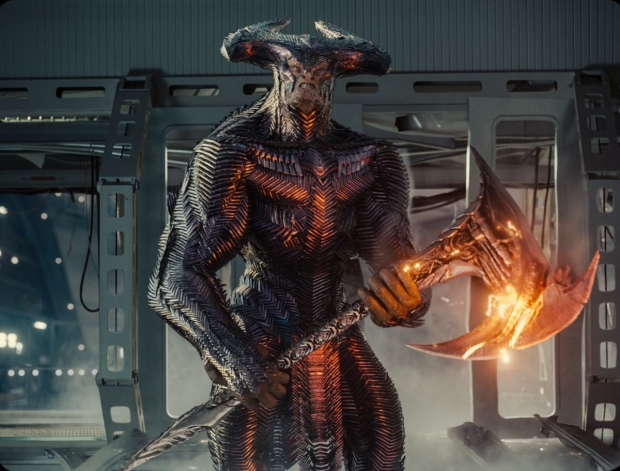
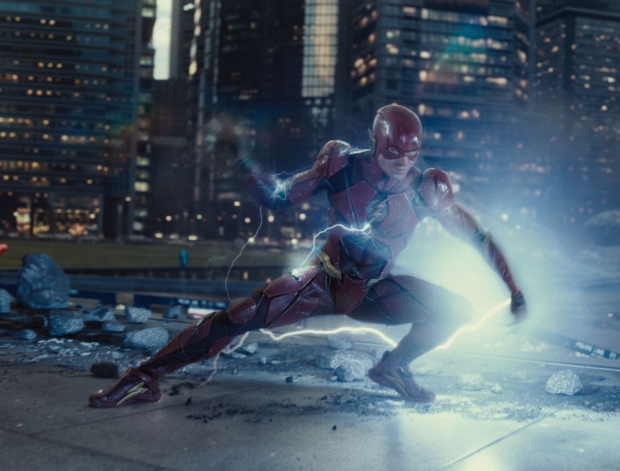

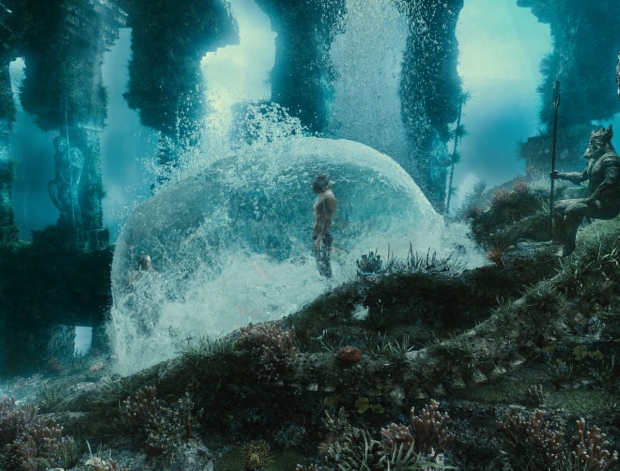
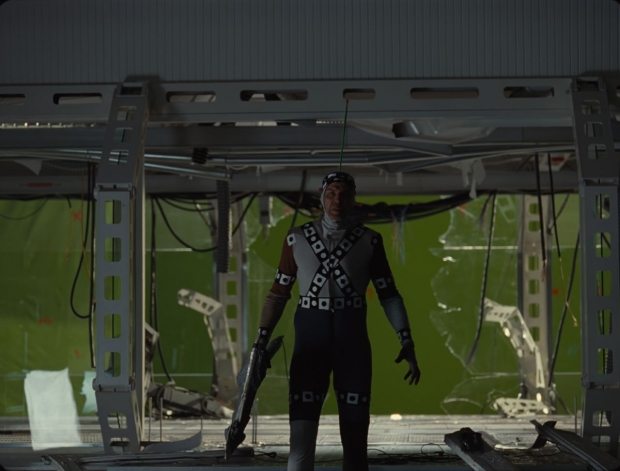
Scanline was responsible for designing and executing Martian Manhunter, a character that combined concept art by Snyder, comic books, and actor Harry Lennix. “We had Harry record his lines in an ADR booth, shot him with witness cameras, and mapped his facial and body performance by running some Faceware software that was then modified back onto the digital Martian Manhunter rig,” explains Hirota. “For the end scene when Bruce Wayne talks to Martian Manhunter, Ben Affleck is on a minimal greenscreen stage while Harry is not there. Having him fly wasn’t a big deal because he’s a full CG character. And Zack had some specific ideas about capes.”
The Battle of Pazharnov get radically altered in the new version. “I remember looking at the first QuickTime we got from editorial, which was a mix of placeholders, shots in the theatrical version, and previs,” Hirota recalls. “It was confusing. We had to get in there and figure out what is the layout of the city. Where does the Flying Fox crash? Where does Batman drive from? Where do all the heroes go? How do you get to the tower? It is supposed to be this city like Chernobyl that has been abandoned after a nuclear accident. Because the whole scene takes place at night and Zack is a fan of high contrast imagery, we came up with this look that emulated a super high ISO camera.”

Structurally, the Tunnel Battle remains the same save for Steppenwolf’s reimagining. “A lot of it got unwound because of Steppenwolf,” Hirota explains. “When Wonder Woman was fighting Steppenwolf, we generally modified her animation because Zack had him being more aggressive. There were a number of simulations involving her hair, skirt, the shield strap, and lasso.” Extending the sequence also allowed for further character development. “You get to see more of Steppenwolf’s personality and there are a few more shots of him delivering dialogue which was fun for animation,” the VFX supervisor adds. “It was also enjoyable that this one is rated R, so the action level and intensity is more violent than the 2017 version.”
Steppenwolf’s enormous hands were also problematic. “One thing that was tricky was coming up with interesting ways for Steppenwolf to grab the Atlanteans,” Hirota notes. “DJ had the idea that it would be nice if Steppenwolf palmed their chest like a basketball because his hands are so big, he can’t grab them around the neck.” Steppenwolf also had to battle effectively underwater as well as on land. “The animation challenge was to make him feel strong and powerful underwater,” says Yip. “Steppenwolf needed to move around quickly and be threatening. But you had to dampen his motions to make it feel like he’s dealing with the resistance of the flowing around him.”

